From 1984 to 1987, Toty Ruggieri, then a student at the Naples Academy of Fine Arts, spent his nights partying and photographing his favorite hangout, the Diamond Dogs club. Those years were an intense period for Southern Italy: the so-called Years of Lead (a time of socio-political upheaval lasting from the late 60s until the early 80s) had just ended, while a new heroin epidemic had just begun and, just like the crack plague that spread across America, it wreaked havoc on a whole generation. In the midst of this tumultuous time, new youth tribes — like the paninari, new romantics, metalheads, and post-punk kids — were emerging and growing in urban centers. Though Naples was in the grip of unprecedented societal issues and structural failures, artists, musicians, and writers were driving their own mini-cultural revolution. This all paved the way for a unique group, the “Selvaggi Napoletani” or “Neapolitan Savages” — who rose up from the bowels of the city and congregated at Diamond Dogs club, an enclave of creativity and debauchery.
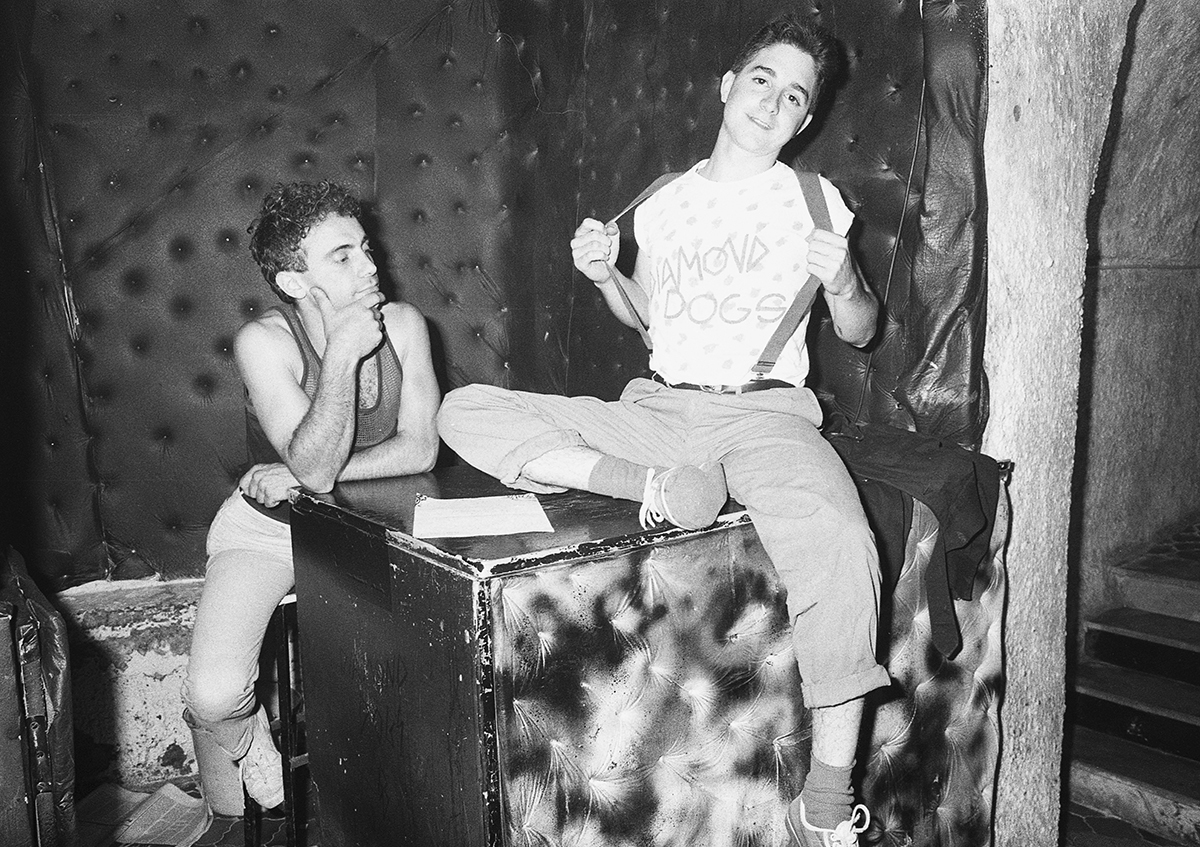
A rusty iron doorway in Cavone San Gennaro, in the Rione Sanità neighborhood, gave access to a set of steep stairs that, surfacing from the heart of the hills, and connected Diamond Dogs to the rest of the city. At the end of the club was a truck cab transformed into a control room, into which amateur filmmakers and actors crowded every night, to give life to visions of digital futures imbued with social and political transgression. The biggest room in Diamond Dogs, with walls covered in graffiti, was where concerts were hosted and experimental theatre and performances took place. A strong connection with David Bowie’s gender-fluid symbolism was a pivotal element in the culture of the club, a reflection of a new generation hungry for change and chasing different modes of expression.
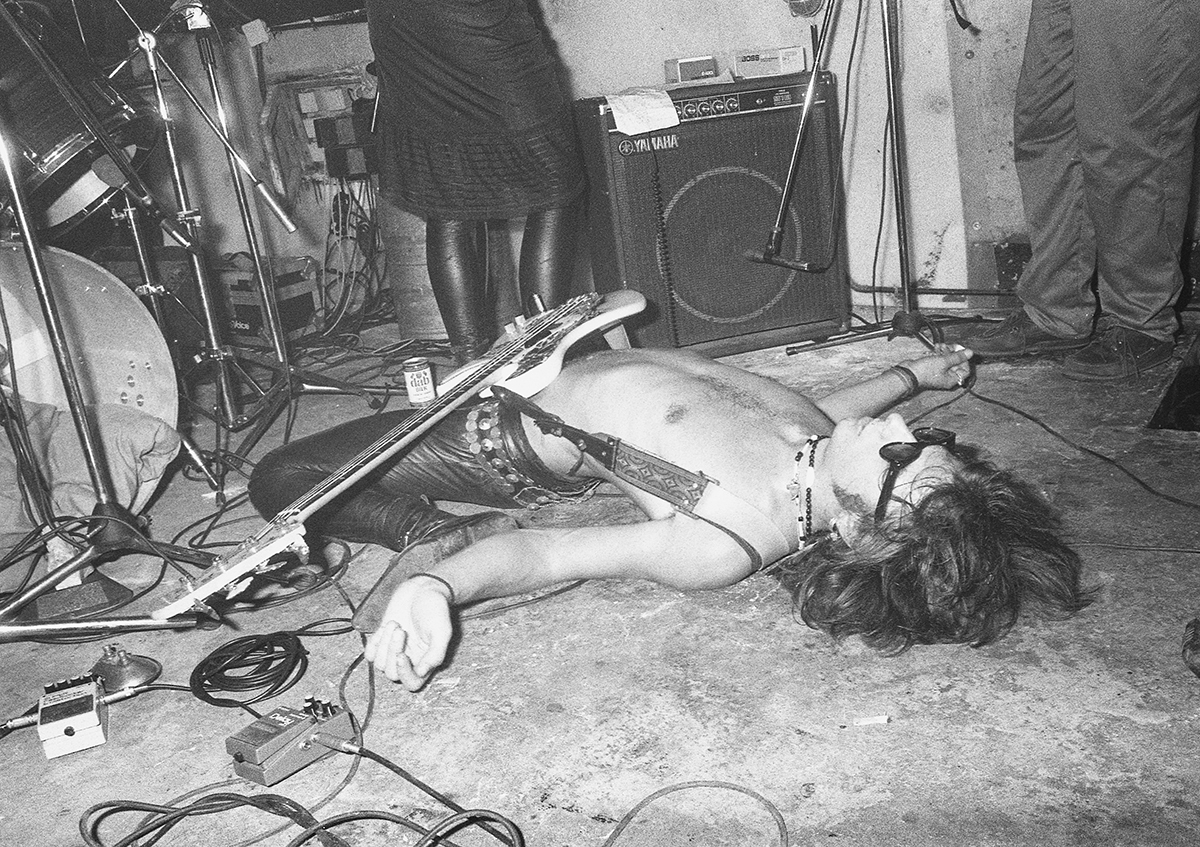
The clothing, imagery, and mannerisms of this Neapolitan tribe were similar to the punk subcultures that had spread across Europe in those years — but the Diamond Dogs history is unique, just like the social and political events that Naples faced in the 80s. Italy’s economic instability and political mutability captured the attention of international avant-garde artists of the time who, attracted by the Neapolitan cultural explosion, were drawn to the city. People like Jannis Kounellis, Joseph Beuys, Hermann Nitsch, Peter Kubelka, and Andy Warhol visited Naples to experience the scene — and Diamond Dogs was the apex of where this vibrant and intense burst of experimental creativity revolved. Thankfully, Toty Ruggier was there to capture it all.
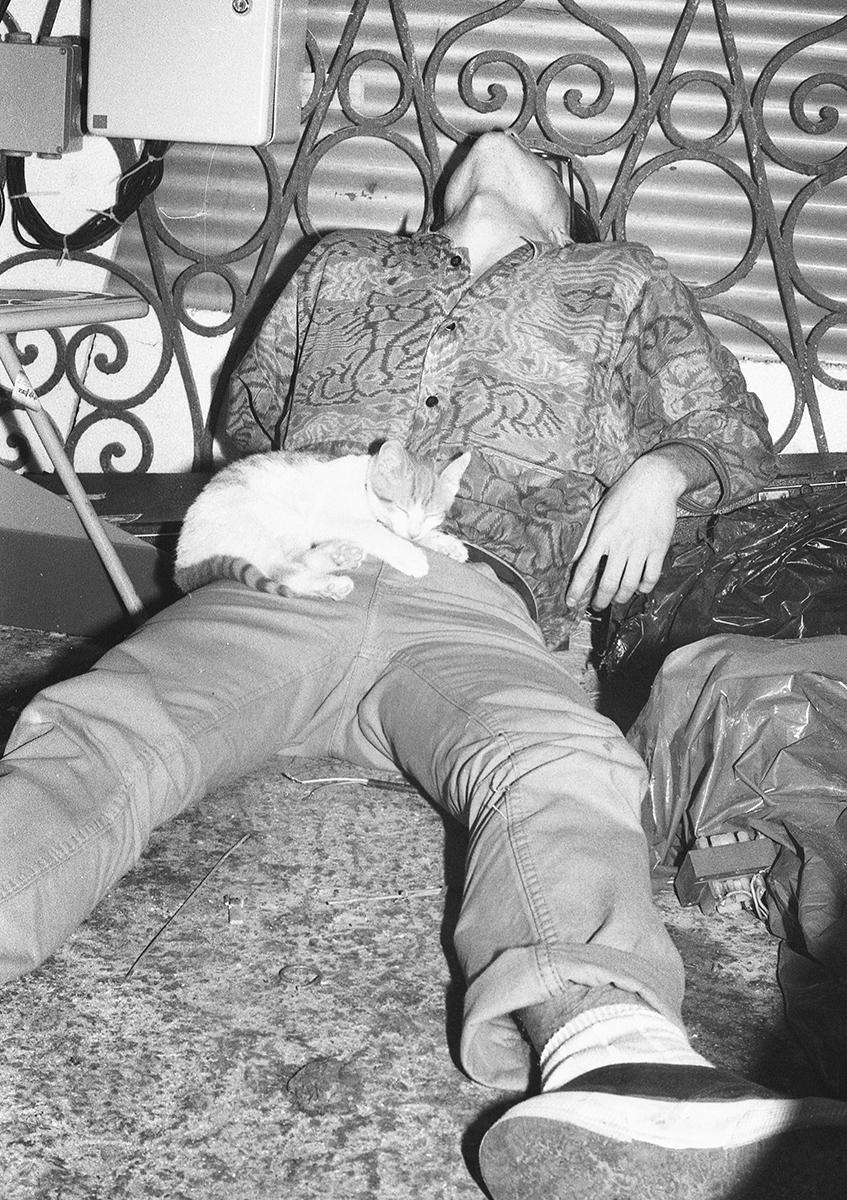
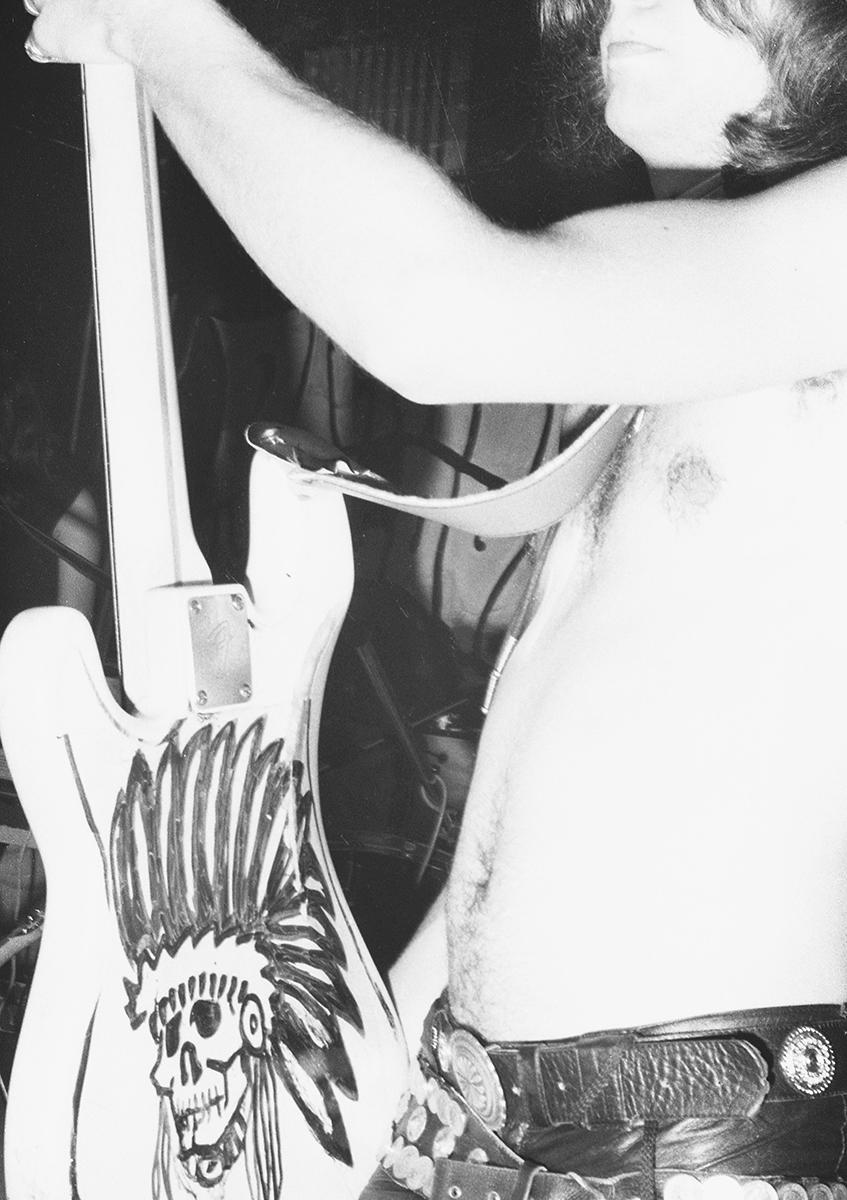
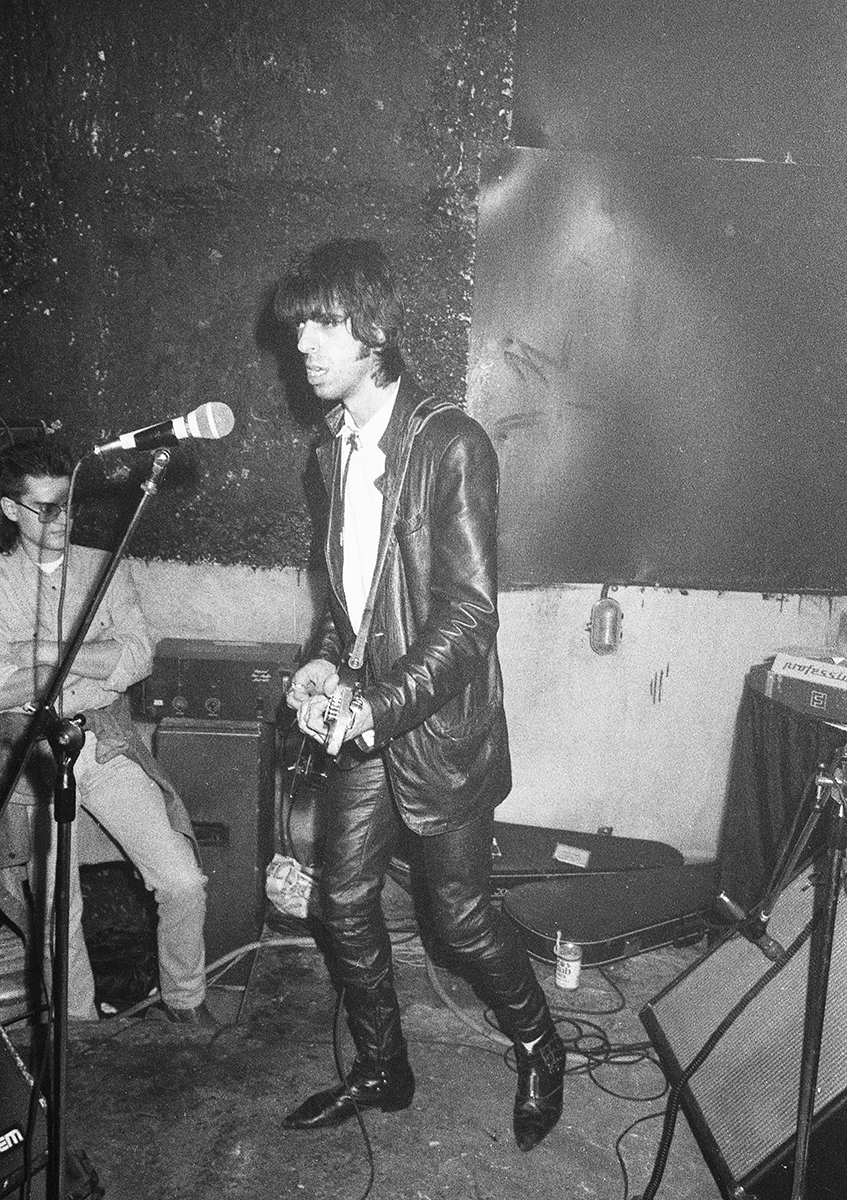
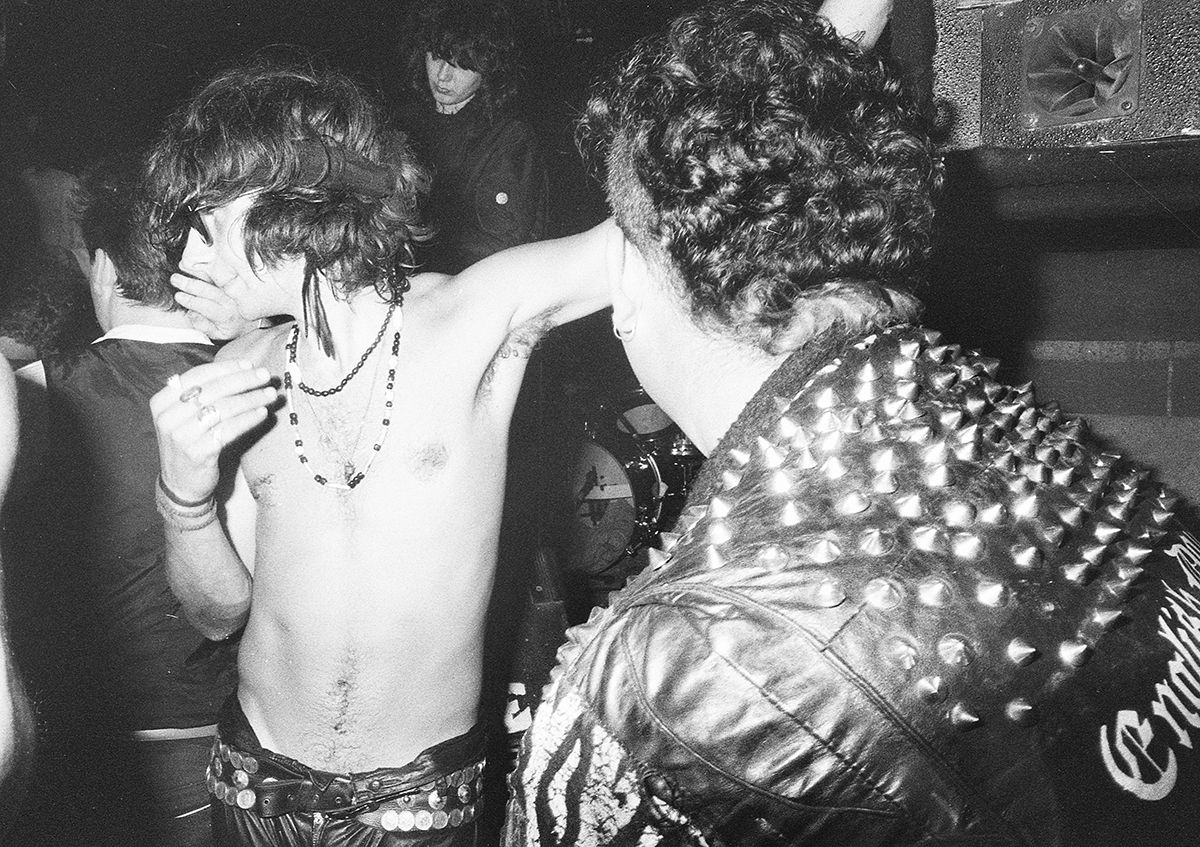
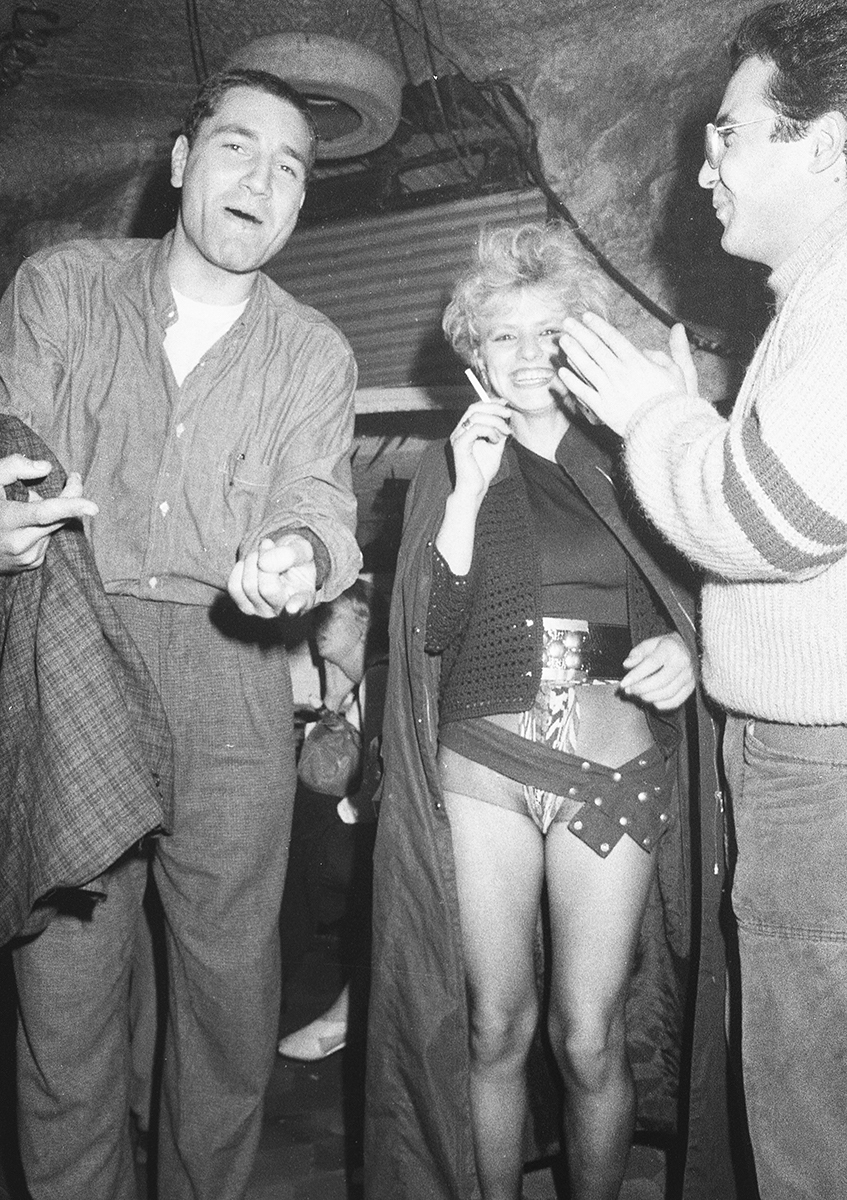

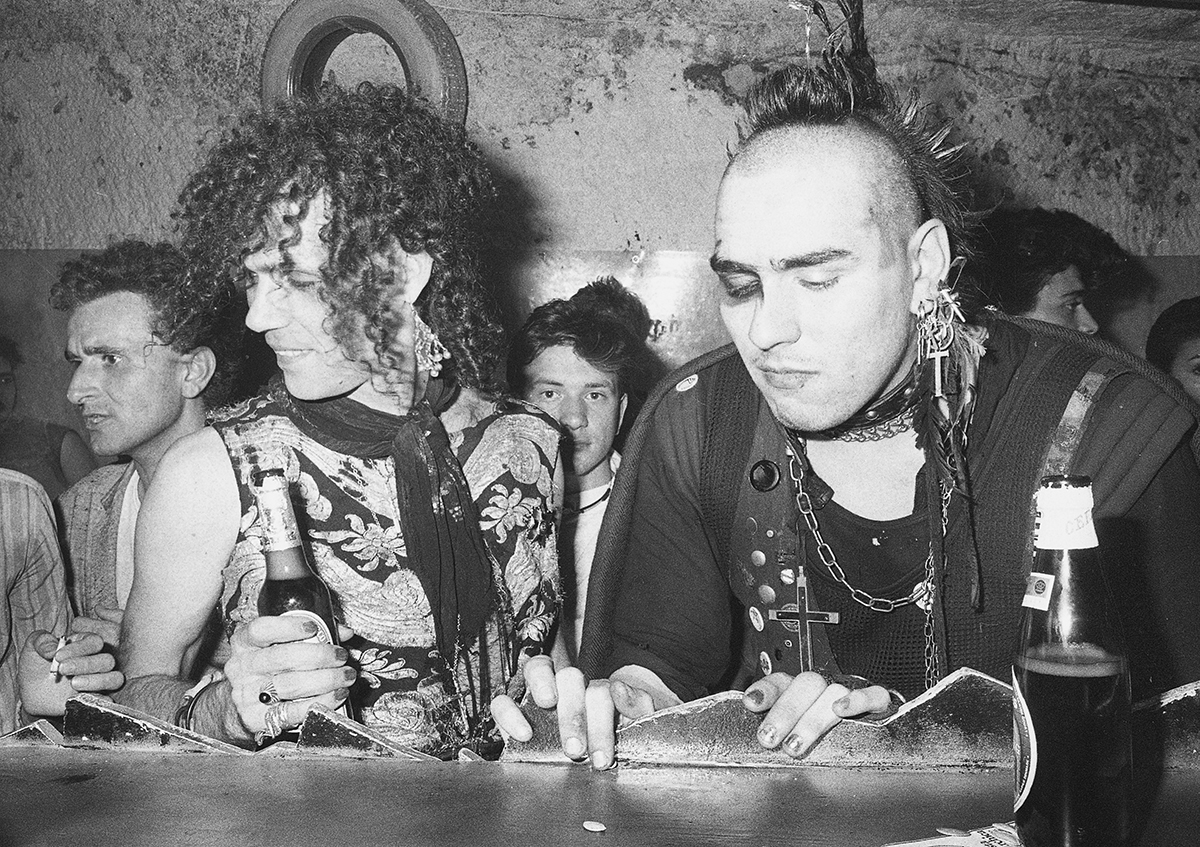
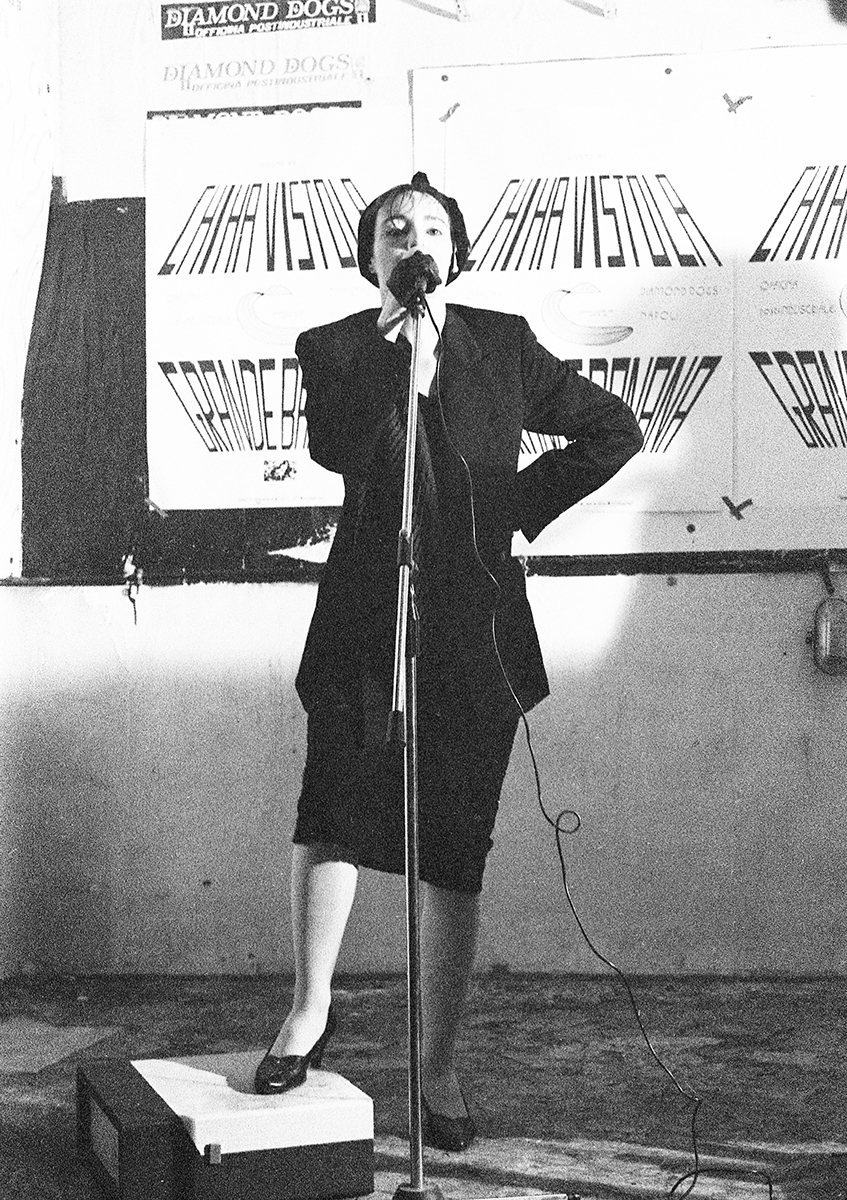
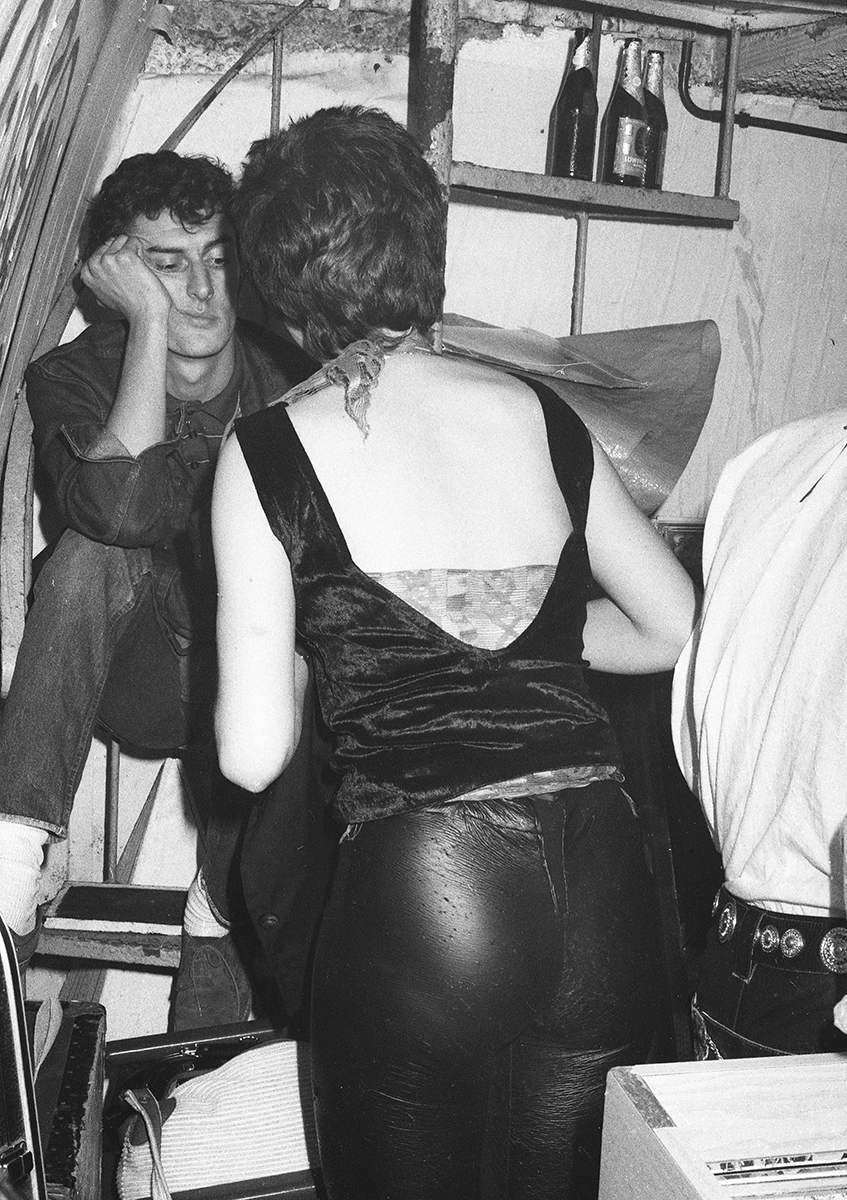
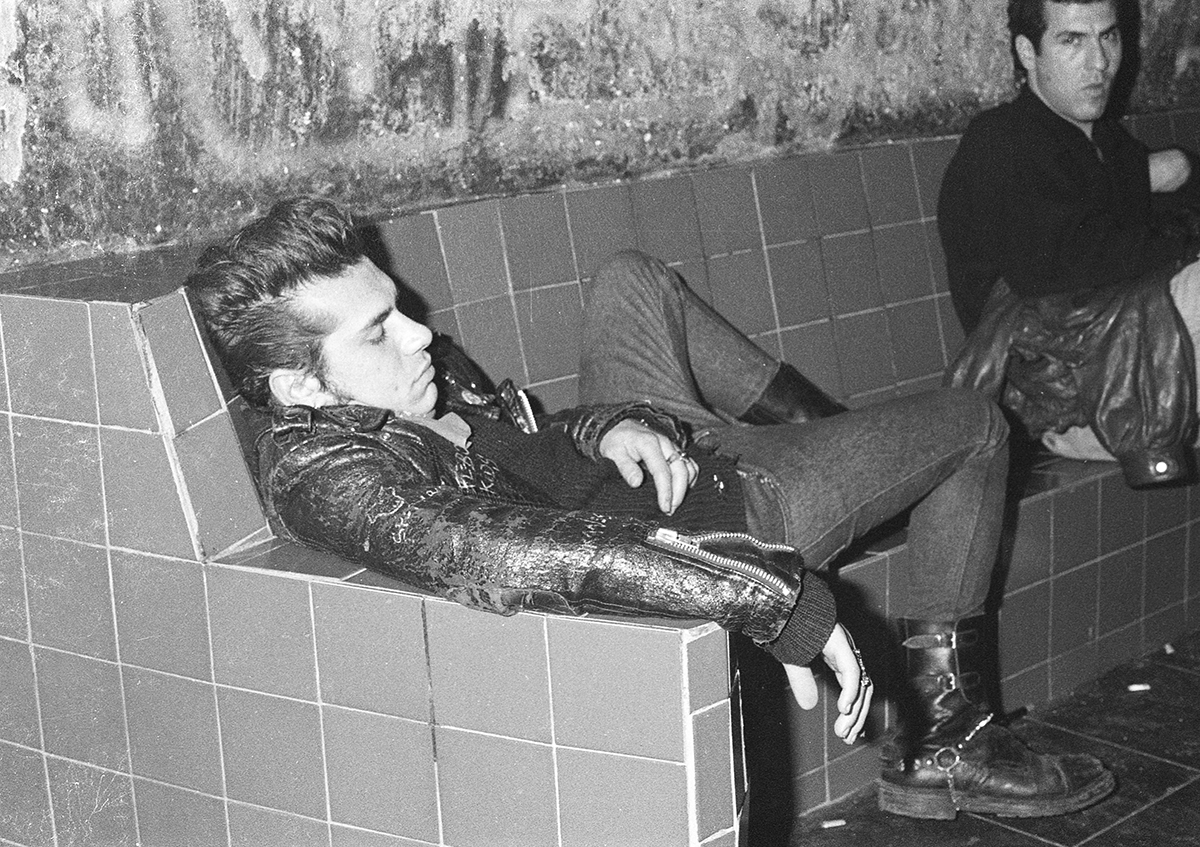
Credits
Text Mattia Ruffolo
Photography © Toty Ruggieri
Special thanks to Yard Press
